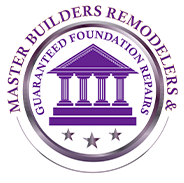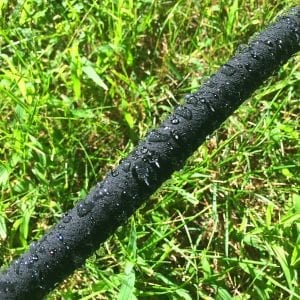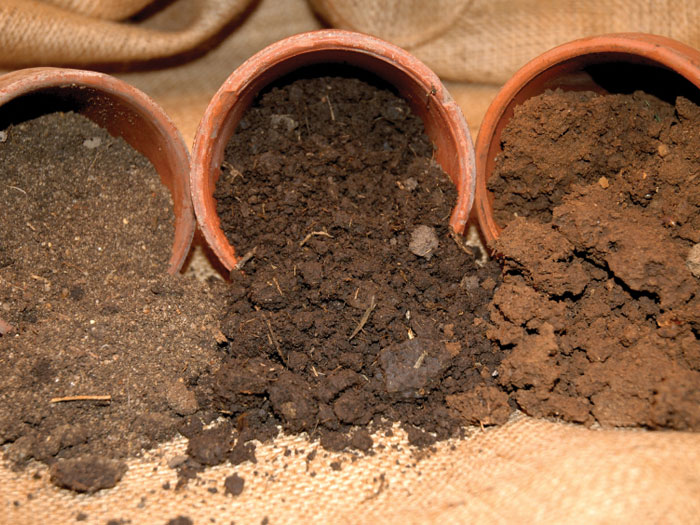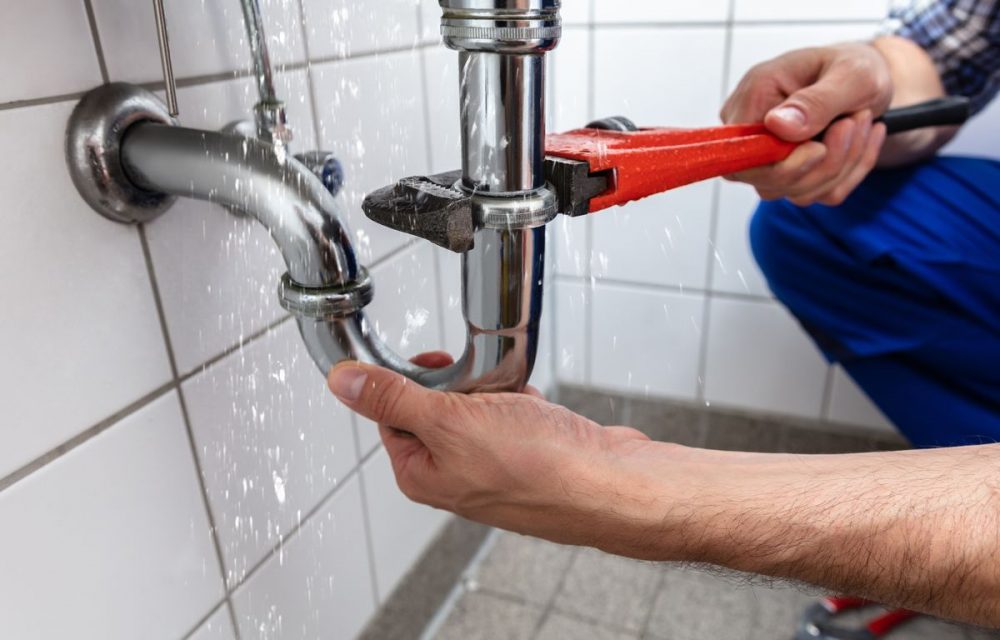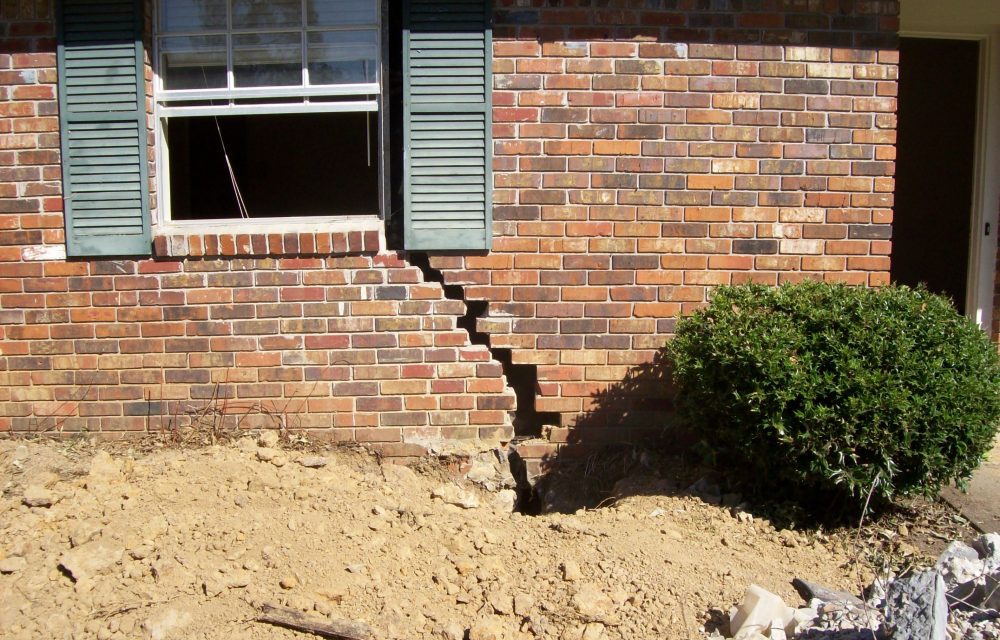Foundation Repair Preparation
– Customer responsibility:
Remove paintings or anything hanging on walls near where foundation work is being performed. If you have
any questions as to whether or not to remove something, please remove it to be safe. Remove items from shelving or
mantles near where foundation work is being performed.
MASTER BUILDERS, REMODELERS and GUARANTEED FOUNDATION REPAIRS will not be responsible for
broken personal items that break during a foundation installation.
Plants – We will be glad to remove plants if they are in the way or cut them back, but we do not expect them to
live because of the strain that is put on them in the process of installing piers. If you want, you can hire a landscaper to
remove plants near the installation area, and replace them after we have left. This will help raise the chance of their survival.
Water – Please water around the perimeter of the foundation in the areas that are being worked on the day before
we are to arrive until the ground is fully saturated. It will help the digging process as well as the press of the piers
(and therefore the lift of the slab) and give you a better installation.
Expectations During and After Foundation Repair.
It is our goal to close any brick cracks that exist, but there may be limitations during the lift that can prevent the
cracks from closing. Sometimes there is a horizontal shift which will rarely come back, or sometimes the grade beam is
too weak to lift the amount we would like, therefore causing more damage than good to lift the home further. Either
way, brick cracks may close, and they may not close.
We recommend you wait until after a lift to determine whether you will want to hire a mason to tuck and point
your brick work. While we do not do tuck and point work, we will be glad to help you locate a good mason. You can
have mortar work done directly after slab repair, but wait at least 2 to 6 weeks for all settling to occur before you do any
drywall repair or painting. The amount of the lift will determine the proper amount of time to wait for repairs.
Window/door alignment, and closure of interior drywall cracks is the same as above. The goal will be to get all
of those area’s cosmetically or visually appealing, but there may be some limitations. Doors especially can present problems
since many times customers or previous owners may have shaved the doors to be able to open and close. When we
lift a home it can reverse that. We do not reset doors or guarantee that they will be aligned after a lift. You may need to
hire a carpenter to re hang the doors if you would like them to be square.
Sink Holes – When we dig to install piers it will loosen the dirt. We will pack it back down after the lift, but
sink holes will likely develop after a good rain or two. It is the customer’s responsibility to fill those in as needed. We
will leave enough dirt to do that from the nearby piers. We do not haul off dirt without extra charges. If you request us to
haul of dirt and it is agreed upon, we will not bring dirt back after sink holes develop.
Flooring – If there are concrete break outs, we will use a jack hammer to break out the concrete and we will fill
it back after the job is done.
Interior Piers – All furniture must be completely removed from the room where any interior piers are
being installed. There must also be a clear pathway to and from the interior piers to the outside of the house. You may
need to rent a portable storage unit to hold things if you do not have enough room in other areas of the house or garage.
We do NOT remove or relay carpet. If you want your carpet to be professionally removed, cut, or relayed, you are
responsible for hiring a carpet company to perform that work. You will need to wait three days after the foundation work
has been performed to allow the concrete to cur before having your flooring replaced or relayed.
Watering – After your foundation has been worked on, you will still need to maintain a watering program for
your foundation. This includes Slab foundations as well as Pier-&-Beam foundations. Please see watering guideline and
suggestions. https://mbrgfr.com/home-foundation-maintenance/
